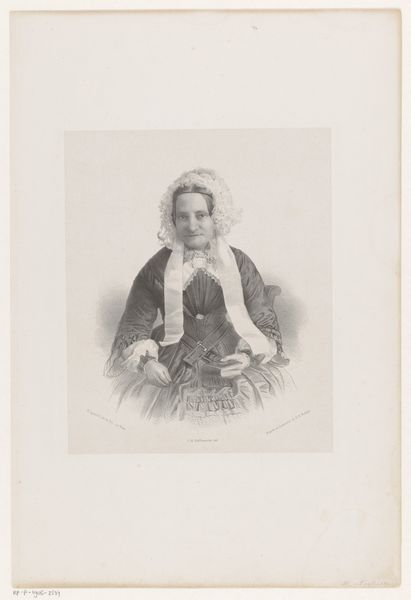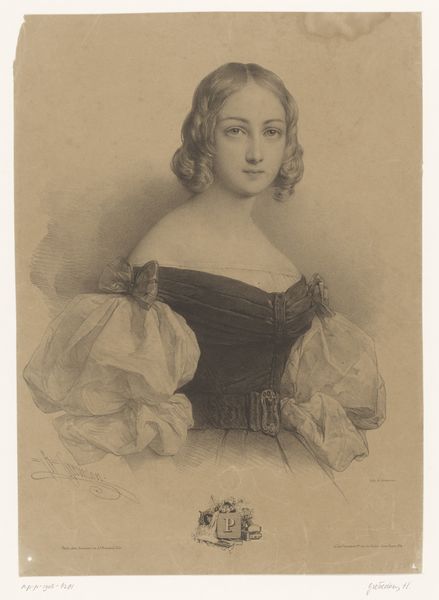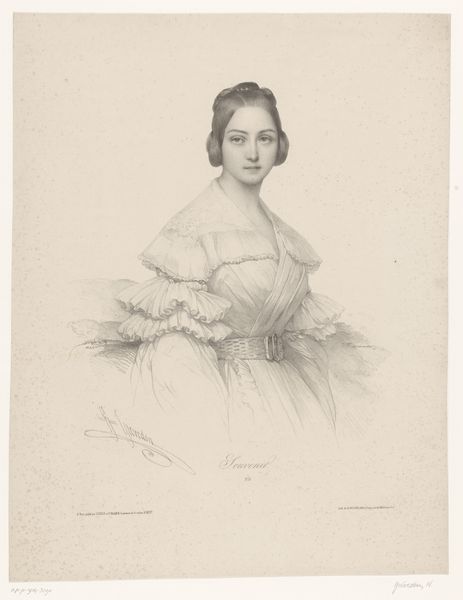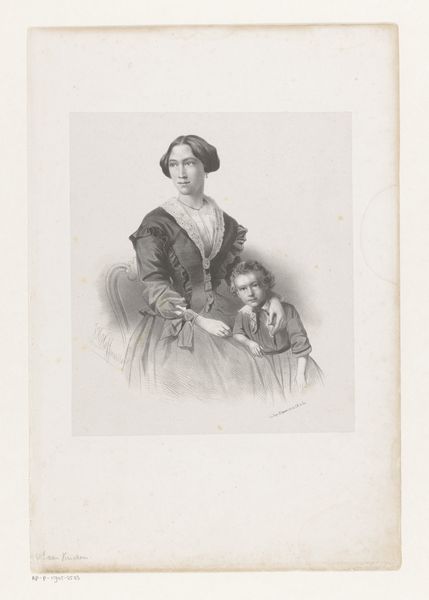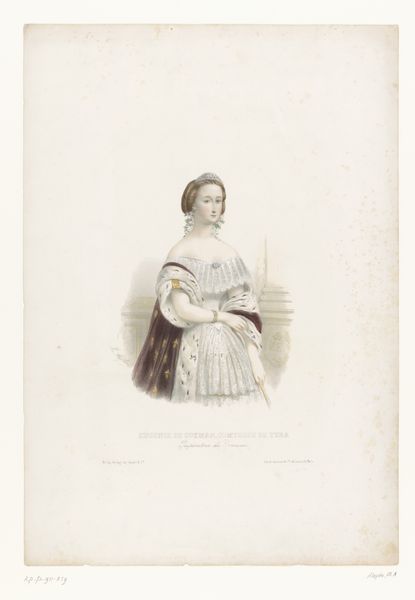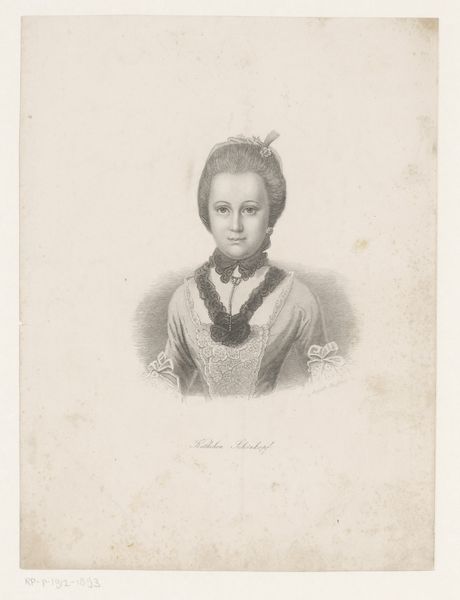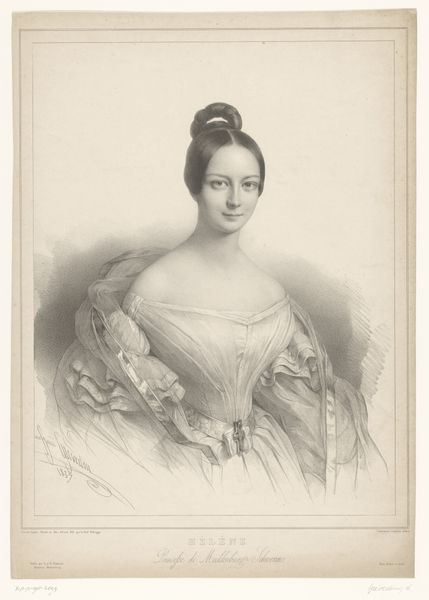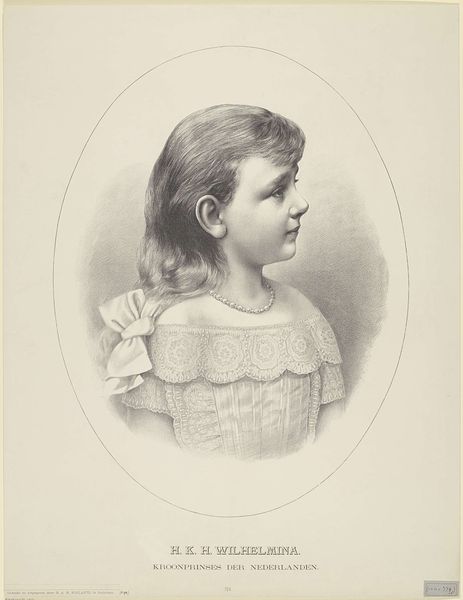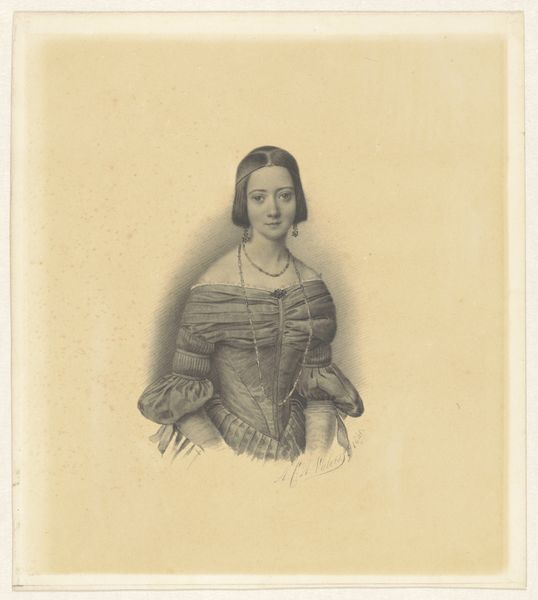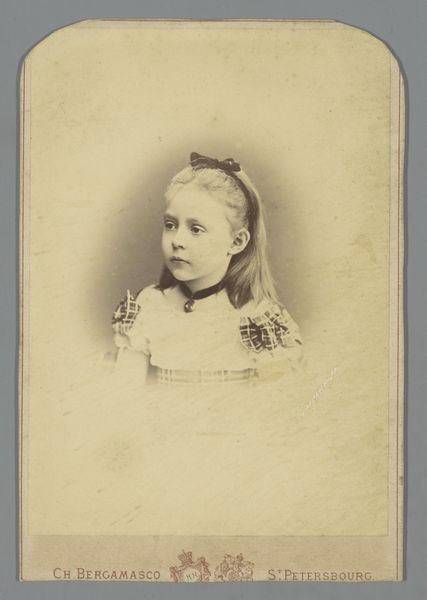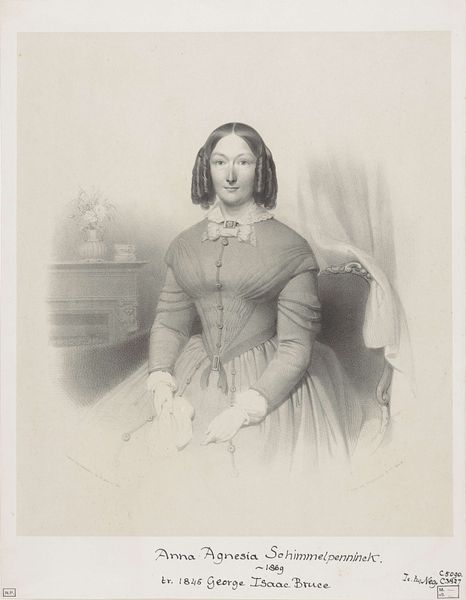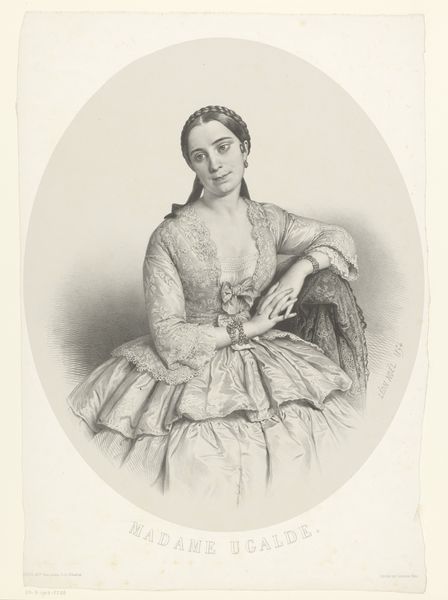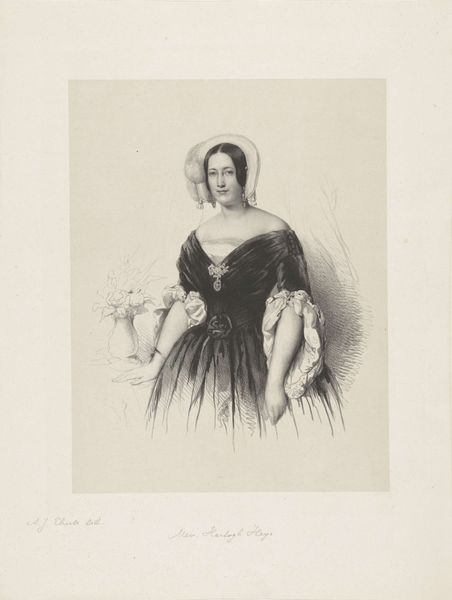
Portret van Catharina Petronella Maria Cochius met haar dochter 1848 - 1887
0:00
0:00
#
pencil drawn
#
facial expression drawing
#
light pencil work
#
pencil sketch
#
portrait reference
#
pencil drawing
#
yellow element
#
portrait drawing
#
pencil work
#
yellow accent
Dimensions: height 325 mm, width 270 mm
Copyright: Rijks Museum: Open Domain
Curator: This pencil drawing is a portrait of Catharina Petronella Maria Cochius with her daughter, made sometime between 1848 and 1887 by Antoine Maurin. Editor: It feels incredibly tender, doesn't it? The light, feathery lines make it almost ethereal. And the expressions... there's a certain sadness in the mother's eyes, a watchfulness. Curator: Absolutely. The sentimental portrait became a fixture in the rising Dutch middle class after 1830, which demanded images that communicated familial values and personal virtues. Editor: Right, it's definitely staged for public consumption. Yet, that embrace seems genuinely loving, or at least hoping to be. Do you think Maurin was going for some sort of subtle social commentary? Curator: Perhaps less social critique and more social affirmation. The portrait embodies the era's ideals: domesticity, motherhood, and the continuity of family lines, yet rendered through Maurin's delicate touch. The way they're dressed, the precise rendering of the fabrics. It all adds up to a display of bourgeois success. Editor: It’s funny though, the way that seriousness comes off almost melancholic to a contemporary eye. You see it, too, right? Despite the surface of well-to-do respectability, that tenderness, the feeling in the portrait makes it feel sad somehow... the kind of grief for time and connection. Curator: Well, perhaps what you see as melancholic I see as an acceptance of life's fleeting beauty, and maybe even the heavy expectations and pressures that surrounded women in that era. I find the portrait touching but as a historic object. Editor: Yeah, you are right! Maybe the true magic lies in art’s potential to carry various meanings in various eras. For today’s viewers that may be different than what Maurin, and the patrons who hired him in Paris intended. Curator: Precisely. These portraits speak volumes about both the subjects and the society that created them. And the fact that we’re still discussing it says something as well! Editor: For sure. Definitely makes you think about what will people interpret from selfies we have today... that level of control that digital image processing is capable of versus here it looks a lot more spontaneous, if perhaps less authentic too.
Comments
No comments
Be the first to comment and join the conversation on the ultimate creative platform.
